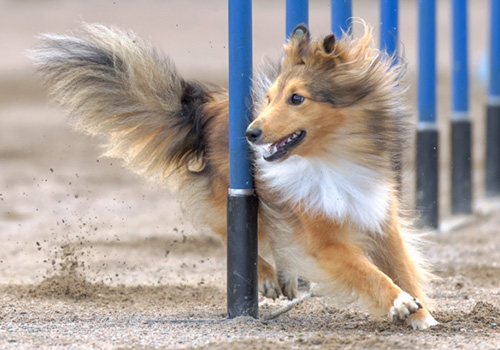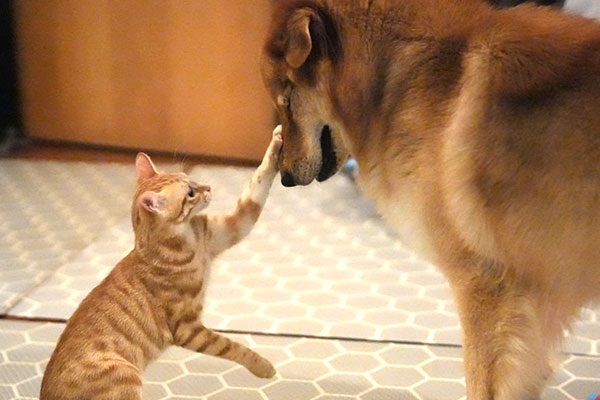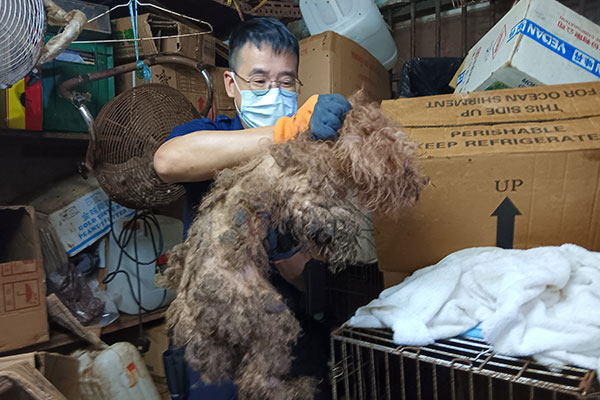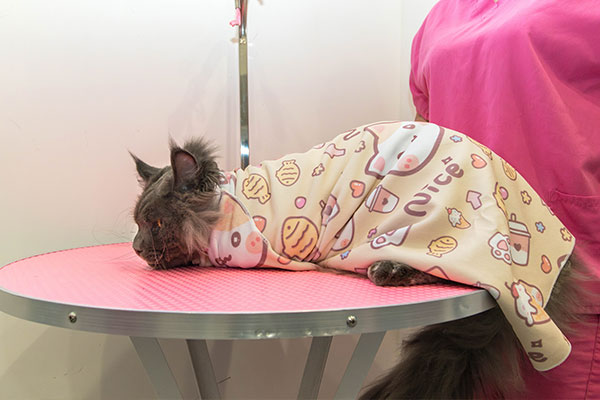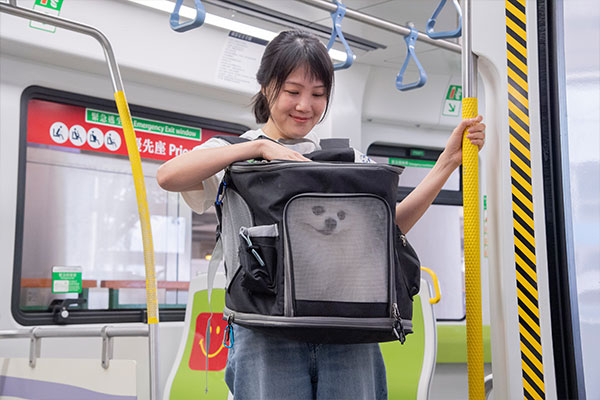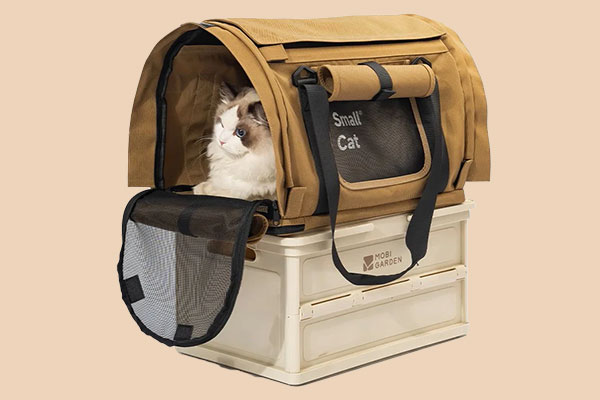How to Introduce a New Dog to Your Cat
Thinking of introducing a new furry member to the family, but not sure how to do it? We’re here to help!
Did you know?
Dogs and cats are not natural enemies, and it is possible for them to live together under one roof, harmoniously. But safety is of utmost importance, and how you introduce the two plays a significant role in the success!
First thing’s first!
Before introducing the two animals in person, allow the dog and cat to sniff each other’s scent by rubbing the dog with a cloth, then placing this in the cat’s area, and vice versa.
When both appear interested, but calm, it’s time to allow each other to investigate the other’s area in the home, whilst the other is not around.
This allows both animals to familiarise themselves with the scent of the other, without full visual contact. Allow both animals to do so in their own time and as many times as needed before allowing limited visual contact.
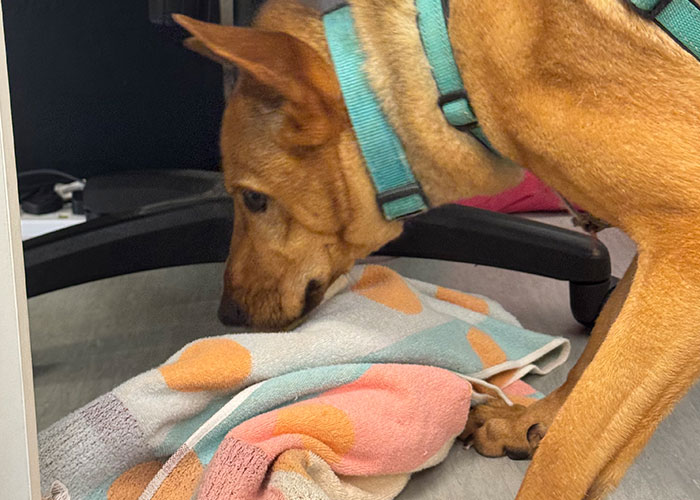
Mika / PN 542966
For the next step
Prepare treats for both your dog and cat and have another family member stay with your cat in a room with a baby gate, fence, or crate.
Put your dog on a lead and allow them to meet on either side of the partition. This is best done after a daily walk.
Have your dog either sit or lie down and reward him with treats. Have another family member to offer your cat treats or catnip with the dog is around.
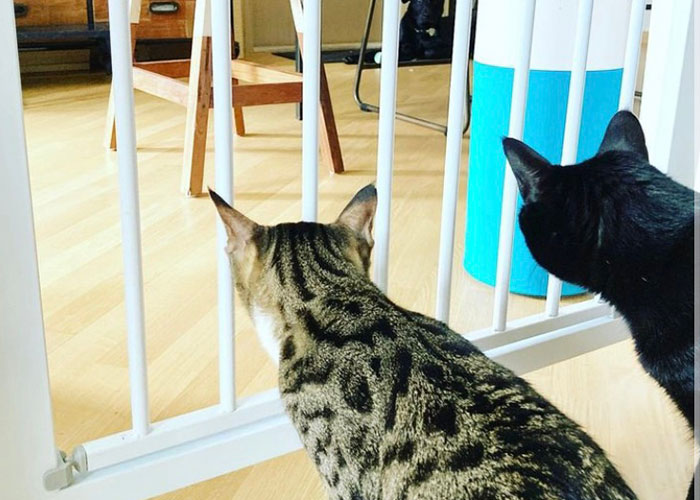
Allow them to sniff each other between the partitions and reward calm interactions with praise and or treats.
This can be done several times throughout the day, for a limited time (i.e. 5-10 minutes each time).
It is important to keep initial sessions brief and positive, before gradually allowing more time for them to “just be” together.
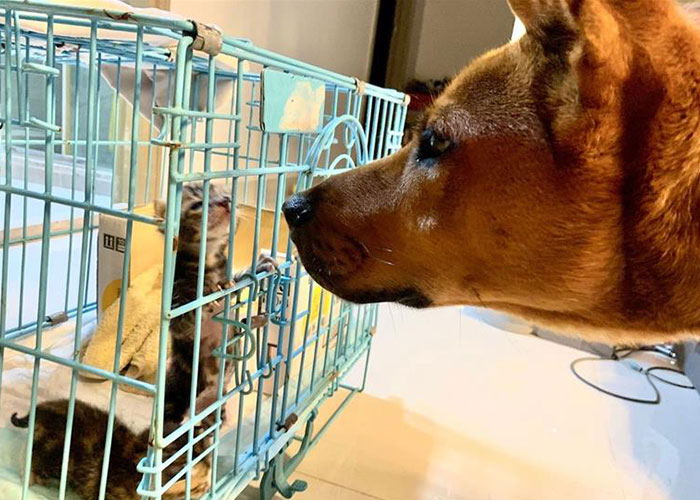
IG: @chewie_themongrel
If you are able to do several calm introductions, you may move on to the next step and let your cat into the same room as your dog, whilst keeping your dog leashed.
Take the introduction process step-by-step, and never leave them alone, unsupervised, until you are certain that they are comfortable with each other.
Reward each pet for calm interactions as much as possible and remember to never attempt to rush the process!
It is also important to ensure that your cat has space to escape and take time out if needed!
This means providing your cat with higher level options to walk, explore and perch with either table tops or use of cat-specific furniture, trees and corridors.
Need help?
The SPCA’s professional trainers are on hand to offer private training sessions in the comfort of your own home.
For enquiries


